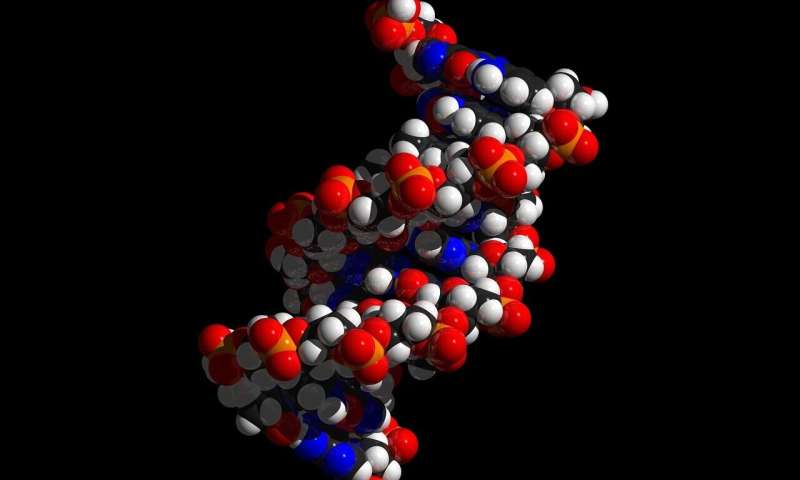Researchers develop new database of druggable fusion targets

When sections from two separate genes merge due to various factors, such as translocation or splicing, the hybrid that is formed is called a gene fusion. In recent years, it has been discovered that these fusion events play a vital role in the development of cancers and other complex diseases. However, there are very few resources which collate all this information and make it available in one place. By analysing over a million nucleic acid sequences from publicly available data, a team led by Dr. Milana Frenkel-Morgenstern, of the Azrieli Faculty of Medicine at Bar-Ilan University, has identified 111,582 fusions in eight species (human, mouse, rat, fruit-fly, wild boar, zebrafish, yeast and cattle).
The latest and most up-to-date version of this database, known as ChiTaRS, has just been published in the scientific journal Nucleic Acids Research. This database is being maintained currently by the Laboratory of Cancer Genomics and Biocomputing of Complex Diseases at the Azrieli Faculty of Medicine in Safed and will be extremely useful to clinicians specializing in complex diseases, particularly, cancers, Alzheimer’s disease, schizophrenia and many others.
This edition of ChiTaRS collects cases of druggable fusion targets. In recent years, many of these fusion genes have served as specific targets, particularly for chemotherapy drugs. Some commonly known examples include the BCR-ABL1 fusion in chronic myeloid leukaemia (CML) and the EML4-ALK chimera in non-small cell lung cancer (NSCLC). ChiTaRS 5.0 provides a list of more than 800 druggable fusions, being used as targets by close to 120 drug or drug combinations, that are useful for personalised therapy in complex diseases.
Source: Read Full Article
